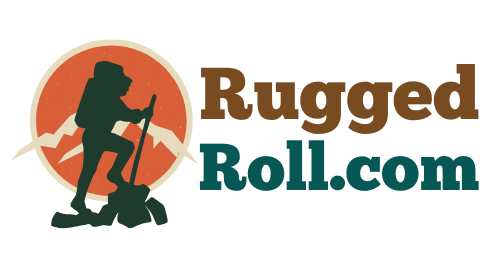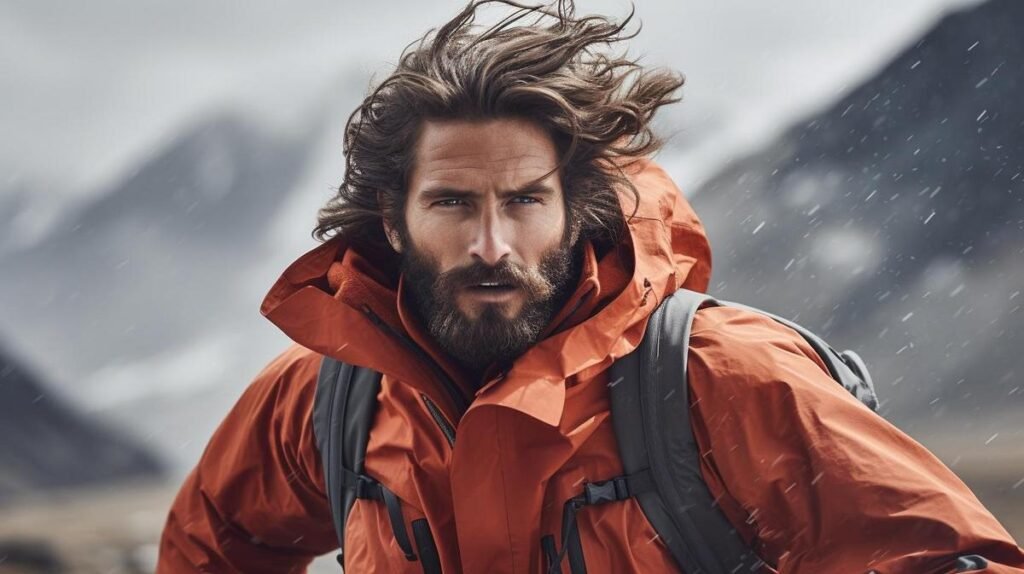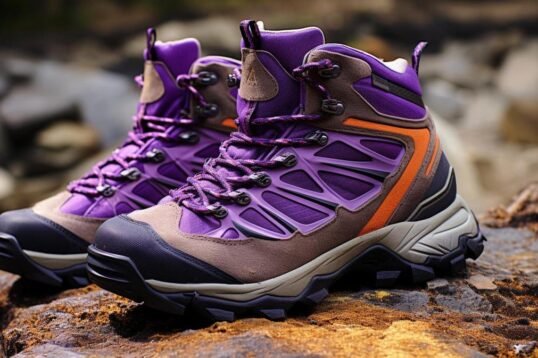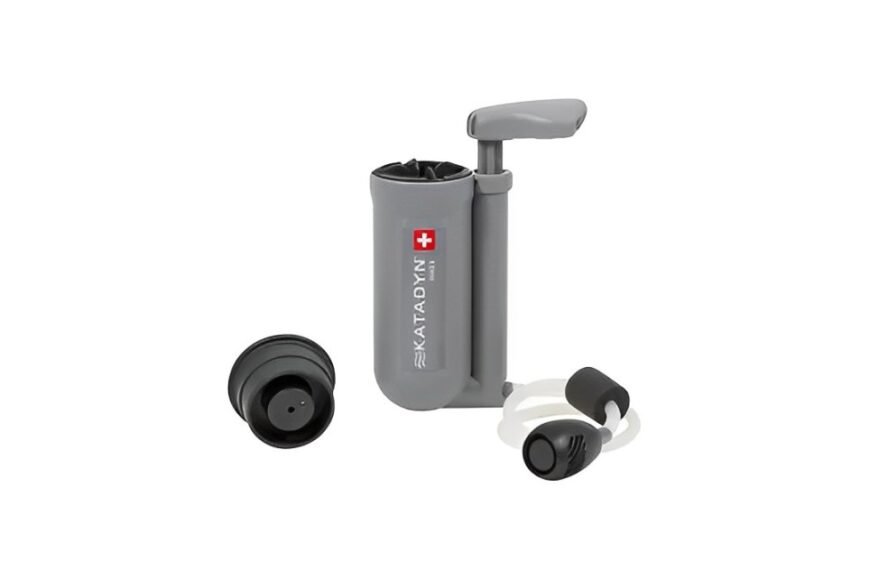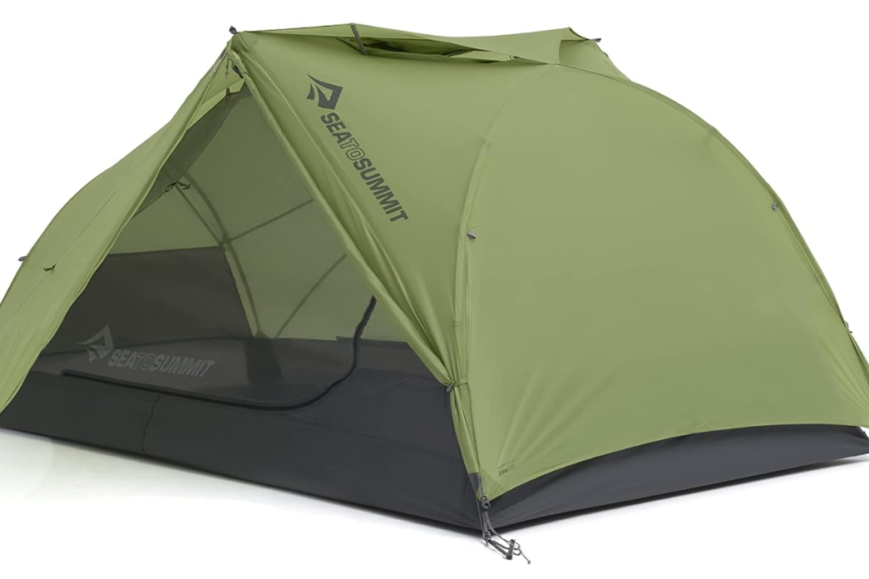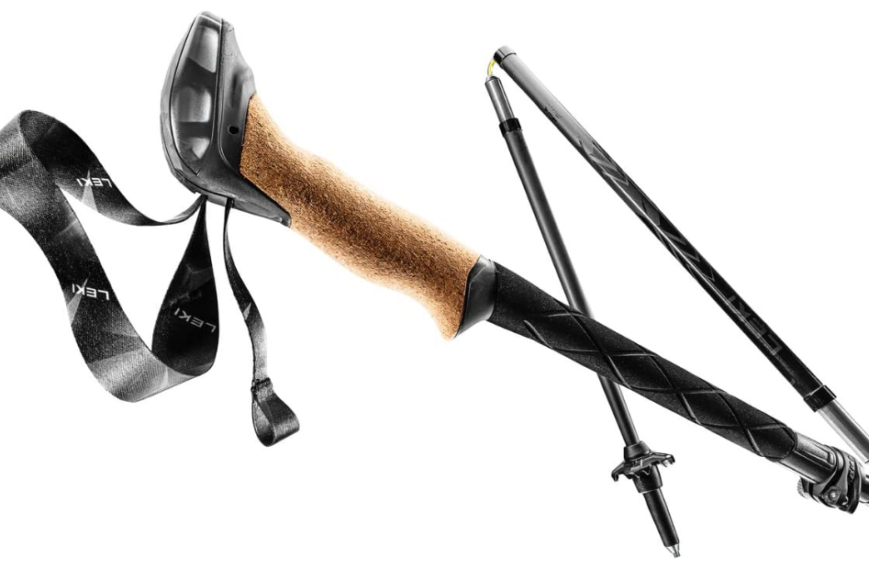- Essential hiking jackets should be waterproof, hooded, lightweight yet durable, and allow for breathability.
- For women choosing jackets: ensure a snug fit to allow layering, seek features like vents and durable fabric, and consider reliable brands like Patagonia, Columbia, and The North Face.
- Men’s jackets should be durable, well-fitted, and feature-rich (vents, pockets, adjustable hoods), made from breathable materials, and sourced from reputable brands.
- Waterproofing is crucial for hiking jackets to maintain warmth and comfort in rain, and regular maintenance plus waterproofing sprays can enhance their resistance.
- Seasonal variations: Choose lightweight jackets for summer, insulated ones for winter, and versatile three-season jackets for spring, fall, and mild winters.
- Jacket maintenance involves gentle washing and proper storage, and repairing small tears to extend the jacket’s life.
Ever wonder why a good hiking jacket matters? It’s simple. When you hit the trails, the weather can change fast. You need a jacket that keeps you dry, warm, and moving with ease. Your jacket should fight off rain and wind while letting your skin breathe. In this guide, we break down why you can’t skimp on this outdoor essential. From finding the right fit to choosing jackets with the best hoods, learn why your next adventure should include a solid hiking jacket.

What Makes a Hiking Jacket Essential?
When it comes to hiking, having the right jacket is essential. A high-quality hiking jacket should be waterproof and equipped with a hood. This combination ensures that you stay dry and protected from the wind and rain. These jackets are crafted with tough materials that can withstand rough paths and unpredictable weather conditions. In the hills, the weather can change rapidly, but with a reliable hiking jacket, you can remain warm and dry throughout your adventure.
Key Features to Look for
When selecting a hiking jacket, there are several key features to consider. Firstly, it should be lightweight yet durable, allowing for easy movement without compromising on toughness. Additionally, a multitude of pockets is advantageous, providing convenient storage for essentials such as maps, snacks, and small gear. The best waterproof hiking jackets are designed to allow your skin to breathe while effectively keeping water out. This means you can hike through the rain without feeling uncomfortably sweaty.
The Importance of a Hooded Jacket
Opting for a hiking jacket with a hood is a smart choice. The hood serves as an additional layer of protection, keeping your head dry and shielding you from the elements. It’s crucial to keep your head dry, as wetness in this area can lead to an overall feeling of coldness. Different weather conditions call for different types of jackets. In colder times, look for jackets with insulation to provide extra warmth. In the summer, opt for lighter, thinner jackets that still offer protection against rain showers.
The Versatility of a Hiking Jacket
Do you really need a jacket for hiking? Absolutely! A hiking jacket is a vital component of your outdoor gear. Even on warm days, a lightweight jacket can shield you from the sun’s rays and pesky bugs. In nature, it’s always better to be prepared and have the necessary gear at hand. A hiking jacket provides peace of mind, knowing that you are equipped to handle unexpected weather changes and potential discomfort.
How Can Women Choose the Best Hiking Jacket?
When it comes to selecting a hiking jacket, many women wonder: “Should I size up in hiking jackets?” The answer is no. It’s crucial to choose a jacket that fits you just right, allowing room for layering underneath.
Embracing the Perfect Fit
A well-fitting hiking jacket should hug your body, providing a comfortable and unrestricted range of motion. Look for jackets with long sleeves and a hem that covers your hips for optimal protection. This fit not only helps to block out cold winds but also allows space for adding warm layers underneath when needed.
Essential Features in Women’s Hiking Jackets
Women require hiking jackets that are designed to move with them on the trail. Look for jackets equipped with vents to help regulate body temperature and keep you cool during intense hikes. The fabric should be durable and resistant to tears, ensuring long-lasting performance. Additionally, zippers should have covers to prevent water from seeping in, and hoods are a valuable feature for sudden rain showers. Lastly, consider the accessibility of pockets, ensuring they are easy to reach even when wearing a rucksack.
Top Brands for Women’s Outdoor Wear
Certain brands have a deep understanding of what women hikers truly need. They specialize in creating hiking gear that can withstand the wildest weather conditions while catering to women’s specific requirements. These brands skillfully combine rugged features with stylish designs, allowing hikers to stay dry, warm, and comfortable on the trails.
Patagonia, Columbia, and The North Face are frequently recognized as top contenders in lists of the best women’s hiking jackets. These brands strike a perfect balance between functionality and style, offering options such as women’s packable rain jackets that are lightweight, easy to carry, and ready to handle unpredictable weather changes. Their commitment to producing durable and reliable outdoor wear ensures that women feel prepared for any adventure that comes their way.
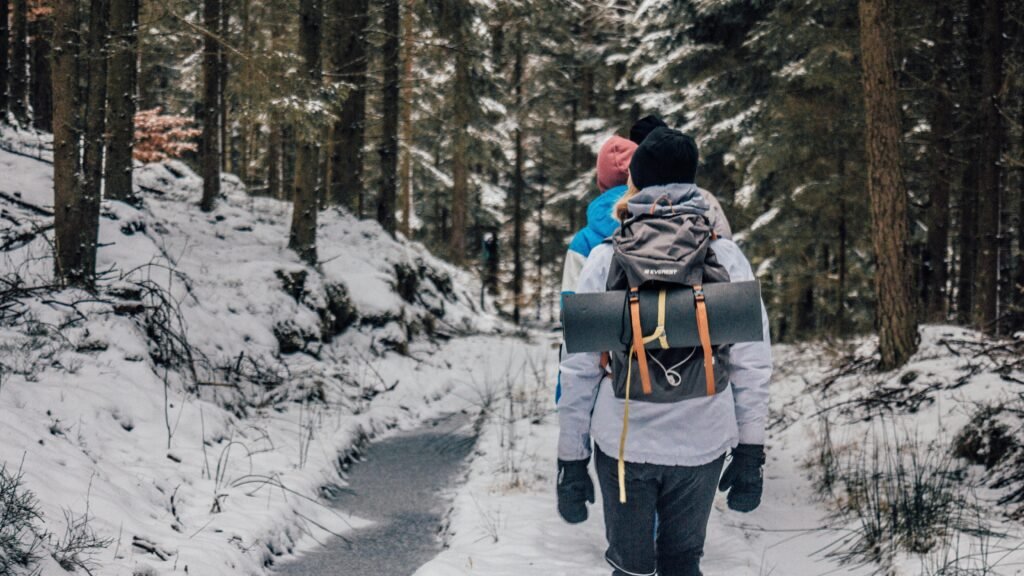
What Should Men Look for in a Hiking Jacket?
When men are asked about their preferences in a hiking jacket, durability and utility are often at the top of their list. These factors are indeed crucial. However, a well-fitted men’s jacket offers more than just a snug fit; it provides the freedom to move comfortably while climbing and reaching.
Finding the Right Fit
Men often ponder the question, “Should I size up in hiking jackets?” The answer is not always. Achieving a proper fit is paramount. It ensures both comfort and functionality without the inconvenience of excess fabric snagging on branches. A well-fitting jacket should allow for layering underneath without feeling overly stuffed.
Exploring the Best Men’s Hiking Jackets
So, what are the top-rated men’s hiking jackets? The best ones excel in durability and are equipped with a plethora of features. Think vents for temperature regulation, strategically placed pockets for convenient storage, and adjustable hoods for added protection. These jackets are designed to keep you dry, warm, and prepared for any challenges that may arise on the trail.
Assessing Durability and Functionality
When evaluating the durability of men’s hiking jackets, it’s essential to consider materials that can withstand rough terrain and unpredictable weather conditions. Jackets specifically designed for men are built to endure nature’s tests, from sharp rocks to heavy rain.
For optimal comfort and functionality, prioritize jackets made from breathable fabrics. This ensures that you stay comfortable without feeling excessively sweaty on the inside. Additionally, pay attention to the quality of zippers and cuffs, as they play a crucial role in keeping wind and rain at bay.

Why is Waterproofing Important for Hiking Jackets?
Is your hiking jacket waterproof? If not, it should be! When you’re out in the wilderness, a waterproof jacket becomes your ultimate shield against the elements. It prevents water from seeping through, ensuring that you stay dry and comfortable even in the harshest of weather conditions. After all, nobody enjoys the discomfort of being cold and wet. Therefore, investing in rainproof outerwear for the trails is an absolute necessity.
The Benefits of Waterproof Materials
Waterproof jackets are a game-changer. They not only keep the rain out but also allow sweat to escape. This means that you remain dry, both from external moisture and perspiration. The best waterproof hiking jackets feature a special coating that effectively repels water while still allowing air to circulate. So, when the rain pours down during your hike, the water simply rolls off you, leaving you dry and comfortable.
Essential Maintenance Tips for Waterproof and Rainproof Jackets
To ensure that your jacket remains waterproof, proper care is essential. After each hike, take the time to inspect your jacket for dirt and debris. Clean it gently using mild soap and rinse it thoroughly. It’s important to be gentle during the cleaning process, as rough handling can potentially damage the jacket. Always refer to the care instructions provided by the manufacturer to ensure that you’re following the recommended maintenance guidelines.
Enhancing Jacket Resistance with Waterproofing Sprays
Over time, your jacket may lose some of its waterproofing capabilities. However, there’s a solution to restore its protective power. Waterproofing sprays for jackets can be used to enhance the jacket’s resistance to water. Simply spray the outside of the clean jacket with the waterproofing spray and allow it to dry. This simple step will boost your jacket’s ability to repel rain, ensuring that you stay dry and comfortable throughout your hiking adventures.
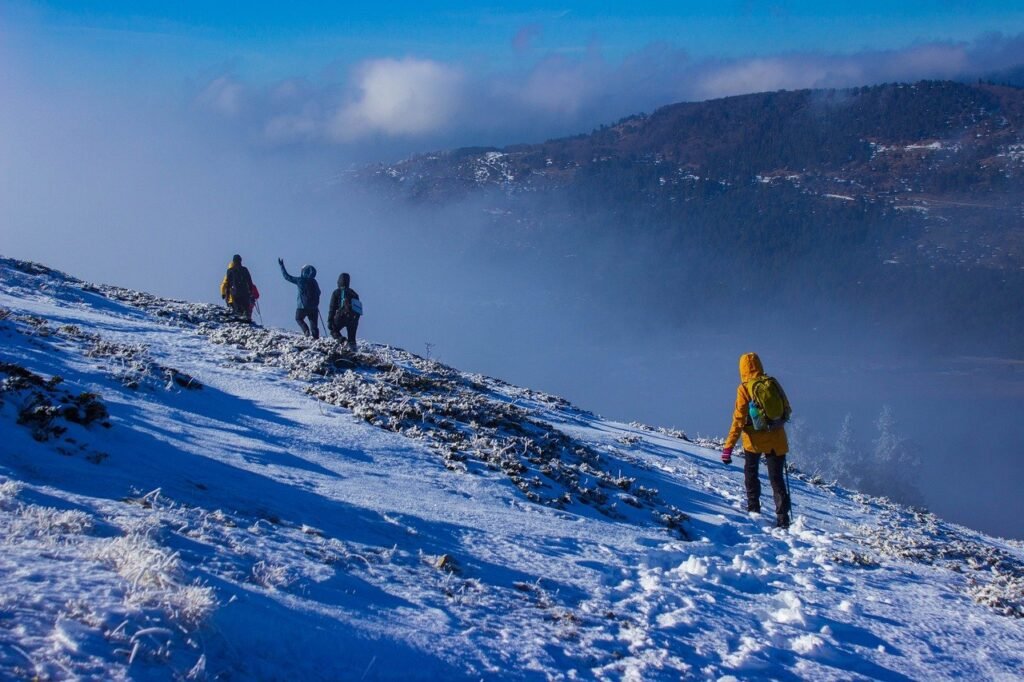
What to Consider When Choosing a Jacket for Different Hiking Seasons?
different seasons call for different considerations. The best summer jacket should be lightweight and breathable, allowing your skin to stay cool and comfortable. On the other hand, winter demands a warm and insulated jacket to protect you from the cold. For the transitional seasons of spring and fall, a versatile three-season coat is the ideal choice. Paying attention to the details is key in finding the perfect jacket for each hiking season.
Recommended Jackets for Every Season
Let’s explore the recommended jackets for each season to ensure you’re well-prepared for year-round hiking adventures.
Summer: Lightweight and Breathable Designs
During the summer months, lightweight jackets are your go-to option. Look for jackets specifically designed for summer hiking, as they are made from breathable materials that allow moisture to escape. This not only keeps you dry but also prevents overheating. The added benefit of lightweight jackets is that they won’t weigh you down, allowing for easy and fast movement on the trails.
Winter: Prioritize Warmth with Insulated Jackets
When winter arrives, warmth becomes a top priority. Opt for jackets that provide insulation to keep you cozy in cold temperatures. Insulated jackets are designed to trap heat, acting as a barrier against the bitter chill. With the right jacket, you can brave the winter elements without sacrificing comfort.
Spring and Fall: Versatile Three-Season Jackets
For the transitional seasons of spring and fall, a three-season jacket is the perfect choice. These jackets are designed to adapt to changing weather conditions. Look for jackets that offer wind resistance and protection against light rain. They should be lightweight enough for warm days but durable enough to withstand unexpected weather shifts.

How to Maintain and Care for Your Hiking Jacket?
Cleaning
Regular cleaning is essential to keep your hiking jacket in top condition. Dirt, sweat, and oils can accumulate on the surface, affecting its performance. Start by checking the manufacturer’s instructions for specific cleaning guidelines. In most cases, you can safely machine wash your jacket with a gentle detergent. However, avoid using fabric softeners, bleach, or harsh chemicals, as they can degrade the jacket’s performance and compromise its waterproofing capabilities.
Drying
Proper drying is crucial to maintain the quality of your hiking jacket. After washing, avoid wringing or twisting the fabric. Instead, hang it in a well-ventilated area or use a dryer on low heat. It’s important to avoid direct sunlight or high heat, as they can damage the fabric. If your jacket has a DWR (Durable Water Repellent) coating, you may need to reactivate it by applying heat. This can be done by using a clothes dryer or iron on a low setting.
Waterproofing
Over time, the waterproofing capabilities of your jacket may diminish. To restore its water repellency, consider applying a waterproofing treatment. There are various products available in the market that are suitable for different fabric types. Follow the manufacturer’s instructions carefully to ensure proper application. This step will help your jacket stay dry during rainy hikes and maintain its breathability.
Storage
Proper storage is essential to prevent damage to your hiking jacket. Before storing, make sure it is clean and completely dry. Any moisture left can lead to mold or mildew growth. Store your jacket in a cool, dry place away from direct sunlight. Avoid compressing the jacket for extended periods, as it can affect its loft and insulation properties. Instead, hang it or lay it flat to maintain its shape and integrity.
Can you repair a damaged hiking jacket?
Yes, you can repair a damaged hiking jacket! Whether it’s a small tear or a hole, there are several methods you can use to fix it and save your beloved jacket.
Patches, Sewing, or Tape: Choose the Right Method for Your Jacket
When it comes to repairing a damaged hiking jacket, you have a few options. Patches, sewing, or tape can all be effective solutions depending on the extent of the damage.
Patches: Reinforce and Restore
If your jacket has a small tear or hole, using patches can be a great way to reinforce the damaged area and prevent further tearing. There are adhesive patches available specifically designed for outdoor gear repair. Simply apply the patch to the damaged area following the manufacturer’s instructions, and your jacket will be good as new.
Sewing: Stitch it Up
For larger tears or holes, sewing is a reliable method to repair your hiking jacket. Use a needle and thread that matches the color of your jacket, and carefully stitch up the damaged area. Make sure to secure the stitches tightly to ensure a strong and long-lasting repair.
Tape: A Quick Fix
In some cases, using tape can provide a temporary fix for small tears or holes. There are specialized tapes available that are designed for outdoor gear repair. Simply apply the tape to the damaged area, ensuring it is securely adhered. However, keep in mind that tape is not a permanent solution and may need to be replaced over time.
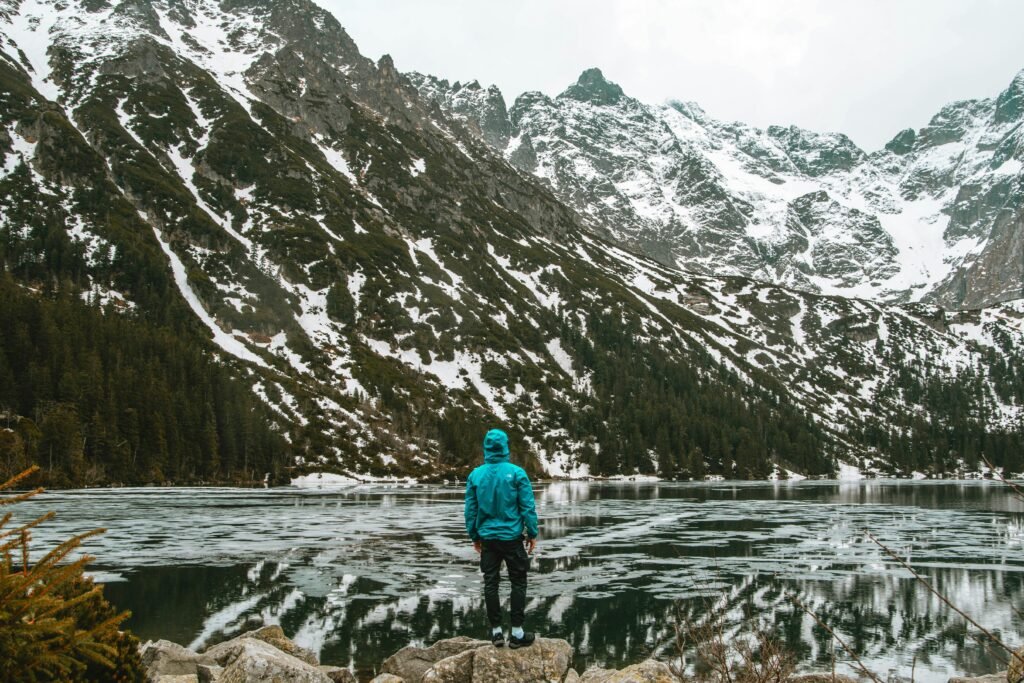
Conclusion
In this article, we’ve covered everything you need to know about selecting a hiking jacket. Remember, having the right jacket matters for protection and comfort outdoors. Look for durability, a good fit, and key features like a hood. No matter the season or weather, your jacket must stand up to the elements. Keep it in top shape with proper care. Next time you hit the trails, you’ll be ready for any adventure with your trusty jacket.
![]()
